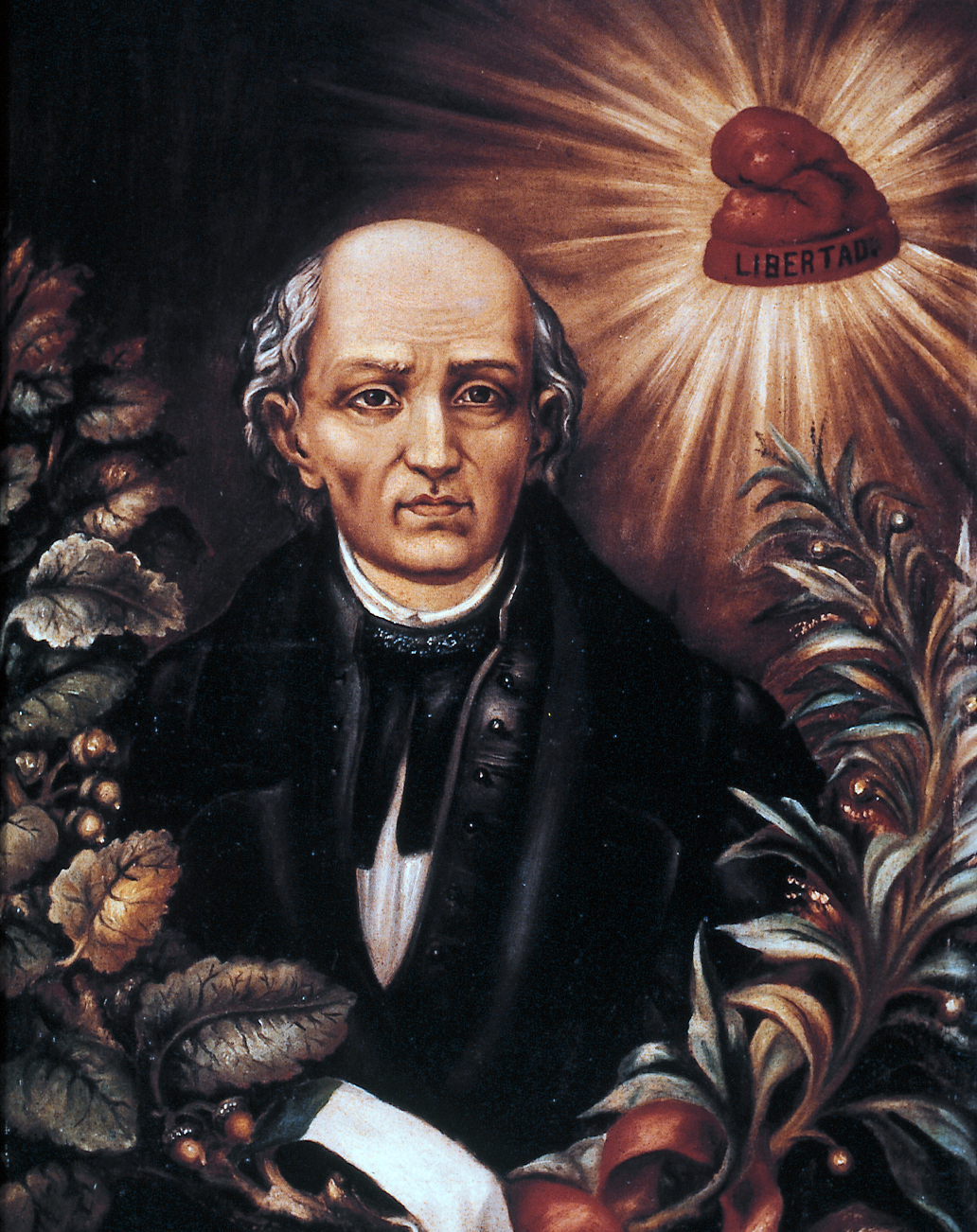Diez y Seis de Septiembre is a national holiday in Mexico. The name means September 16, the day in 1810 when Mexico began its war to win independence from Spain. The holiday is also known as Dia de la Independencia (Independence Day). It is one of the many fiestas (festivals) that take place throughout the year in Mexico, when crowds of people attend parades, fireworks displays, and other celebrations.
In the early hours of Sept. 16, 1810, Miguel Hidalgo y Costilla, a priest, rang the church bells to gather the people in the town of Dolores and then made an inspiring speech to the crowd. His speech, later known as the Grito de Dolores (Cry of Dolores), was the rallying cry for the rebellion that began a long war leading eventually to Mexico’s freedom in 1821. Each year, on the night of September 15, in towns and cities all across Mexico, the mayor re-enacts the Grito de Dolores.

The largest celebration takes place in the national capital, Mexico City. Thousands of people gather in the city’s Constitution Plaza, the Zocalo, to listen to the president recite the Grito de Dolores from the balcony of the National Palace. After the speech, the president rings a bell to signal the start of the celebrations as people cheer. The festivities continue through the following day, September 16.
See also Mexico (Revolt against the Spaniards).
